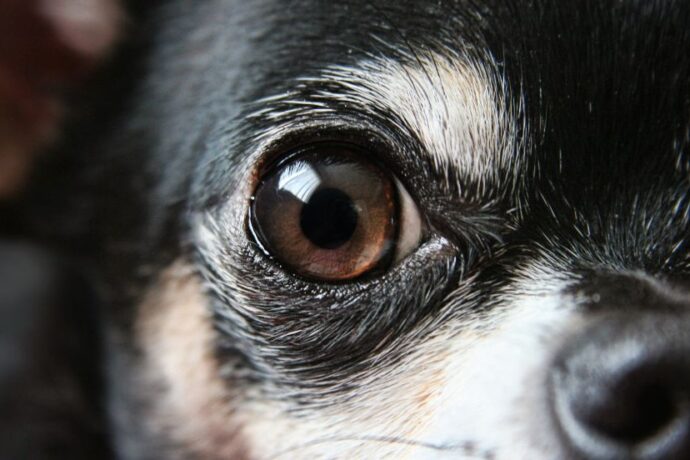Dogs are not just loyal companions; many are highly intelligent creatures capable of learning commands, solving problems, and even understanding human emotions. But not all dog breeds are equal when it comes to brainpower. Some excel at obedience, while others shine in problem-solving or adaptability.
Canine intelligence has been studied extensively, with one of the most credible works being Dr. Stanley Coren’s book, “The Intelligence of Dogs” (University of British Columbia) (1), which ranks breeds based on obedience, working intelligence, and instinctive problem-solving. In this blog, we’ll explore the top 10 smartest dog breeds in the world, complete with their height, lifespan, and intelligence score, so you can better understand what makes these pups so special.
Top 10 Smartest Dog Breeds in the World
1. Border Collie – The Genius of the Dog World
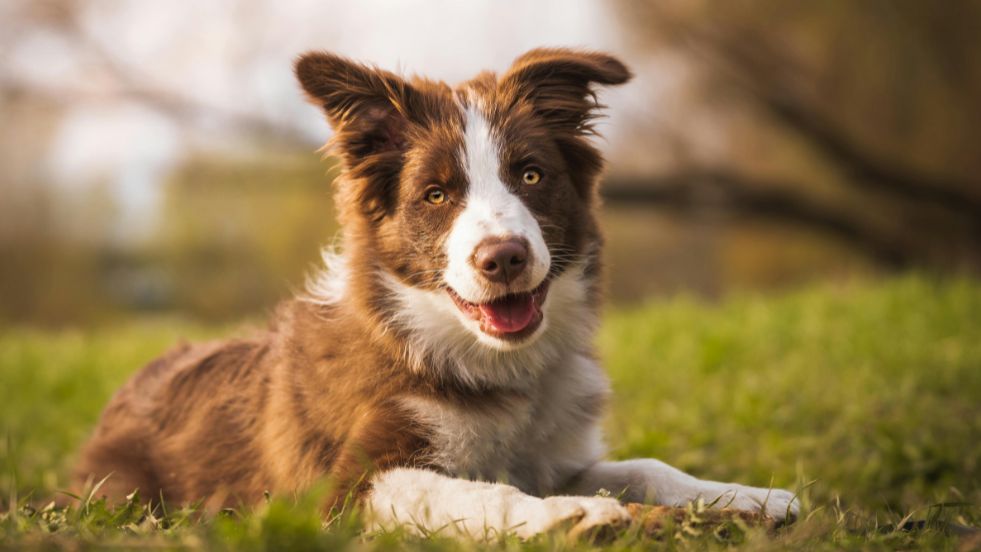
- Height: 18–22 inches
- Lifespan: 12–15 years
- Intelligence Ranking: 1st (Obeys new commands in ≤5 repetitions)
Border Collies are widely considered the smartest dogs on the planet. Originally bred for herding sheep, they possess exceptional problem-solving skills, lightning-fast reflexes, and an unmatched work ethic.
Key Traits:
- Highly energetic and thrives on mental stimulation
- Excels in agility, obedience, and herding competitions
- Forms strong bonds with owners but needs consistent training
Training Tip:
Give them plenty of physical and mental challenges — puzzle toys, obstacle courses, and advanced commands keep them engaged and happy.
2. Poodle – The Elegant Intellectual
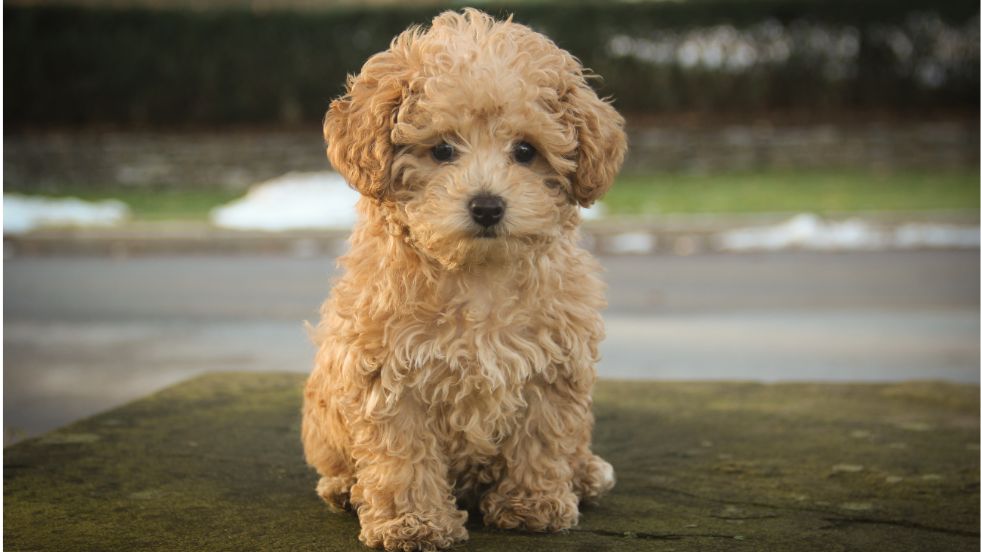
- Height: Toy: 10″, Miniature: 10–15″, Standard: 15+”
- Lifespan: 12–15 years
- Intelligence Ranking: 2nd
Behind their glamorous curls lies one of the sharpest minds in the dog world. Poodles are not only excellent at learning commands but also excel in water retrieval, therapy work, and canine sports.
Key Traits:
- Incredibly versatile and adaptable
- Low-shedding coats make them great for allergy sufferers
- Loves learning tricks and enjoys mental challenges
Training Tip:
Poodles thrive on positive reinforcement. Use treats, praise, and play to keep their eager-to-please personality engaged.
3. German Shepherd – The Courageous Genius
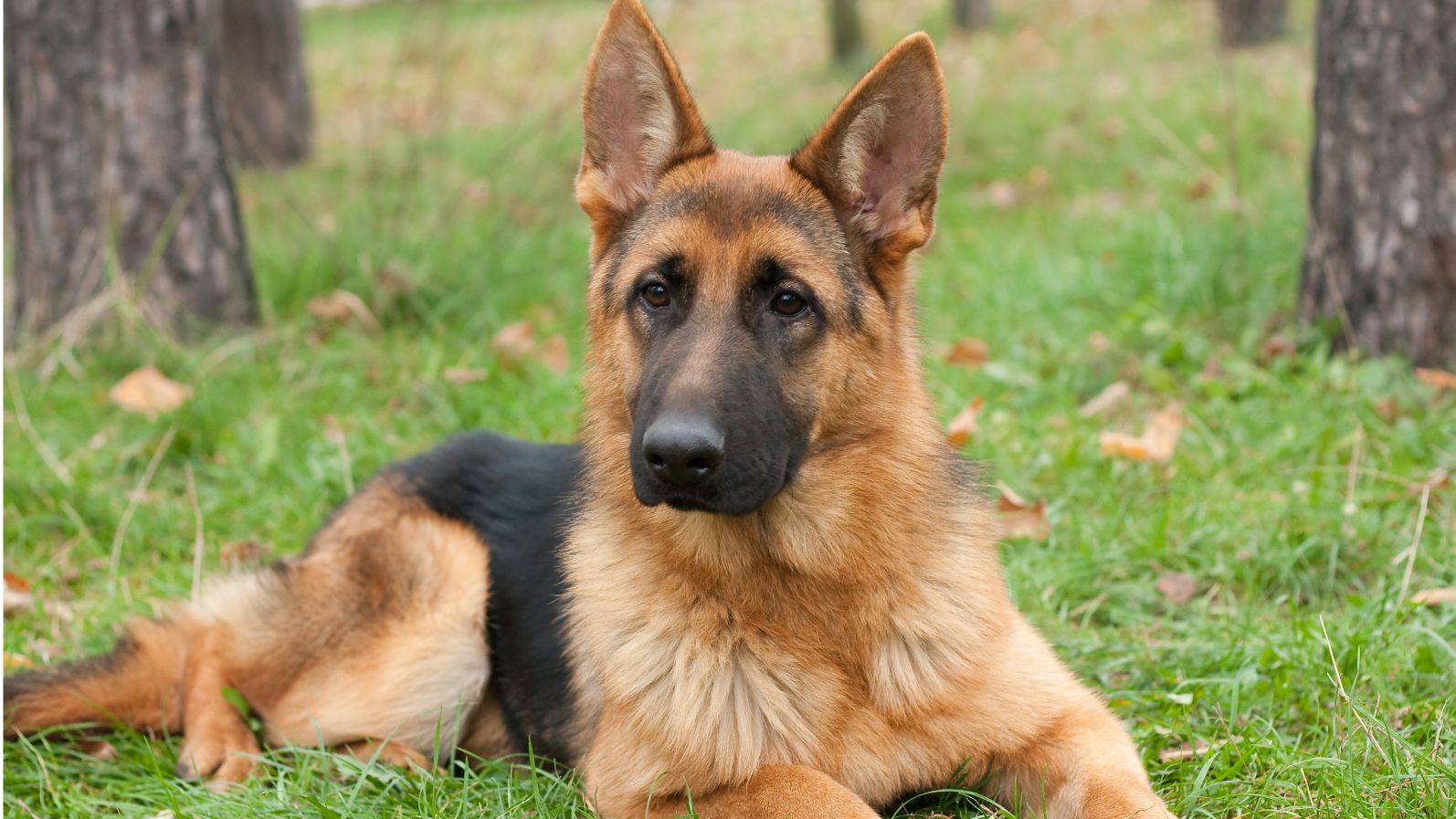
- Height: 22–26 inches
- Lifespan: 9–13 years
- Intelligence Ranking: 3rd
German Shepherds are one of the most versatile and intelligent working dogs in the world. Trusted by police, military, and search-and-rescue teams, they combine intelligence with loyalty and courage.
Key Traits:
- Protective, confident, and deeply loyal
- Quick learners, making them ideal for complex tasks
- Needs socialization to prevent overprotective behavior
Training Tip:
Provide structured training and early socialization. German Shepherds thrive when given a job — whether it’s guarding, agility, or obedience tasks.
4. Golden Retriever – The Friendly Problem-Solver

- Height: 21–24 inches
- Lifespan: 10–12 years
- Intelligence Ranking: 4th
Golden Retrievers are gentle, affectionate, and incredibly intelligent. They’re one of the most popular family pets worldwide because of their friendly personality and quick learning abilities.
Key Traits:
- Excellent therapy and assistance dogs
- Loves outdoor activities and thrives on companionship
- Highly social and gets along well with kids and other pets
Training Tip:
Golden Retrievers respond best to positive reinforcement and consistency. Training sessions mixed with play keep them focused and happy.
5. Doberman Pinscher – The Alert Strategist

- Height: 24–28 inches
- Lifespan: 10–12 years
- Intelligence Ranking: 5th
Dobermans are known for their sharp instincts, loyalty, and intelligence. Once primarily used as guard dogs, they now excel in police work, protection, and obedience training.
Key Traits:
- Fearless, confident, and affectionate with family
- Extremely alert and quick to learn commands
- Requires daily exercise to stay balanced and happy
Training Tip:
Early obedience training is crucial. Dobermans are high-energy dogs and do best with structured routines and mental challenges.
6. Shetland Sheepdog – The Mini Border Collie
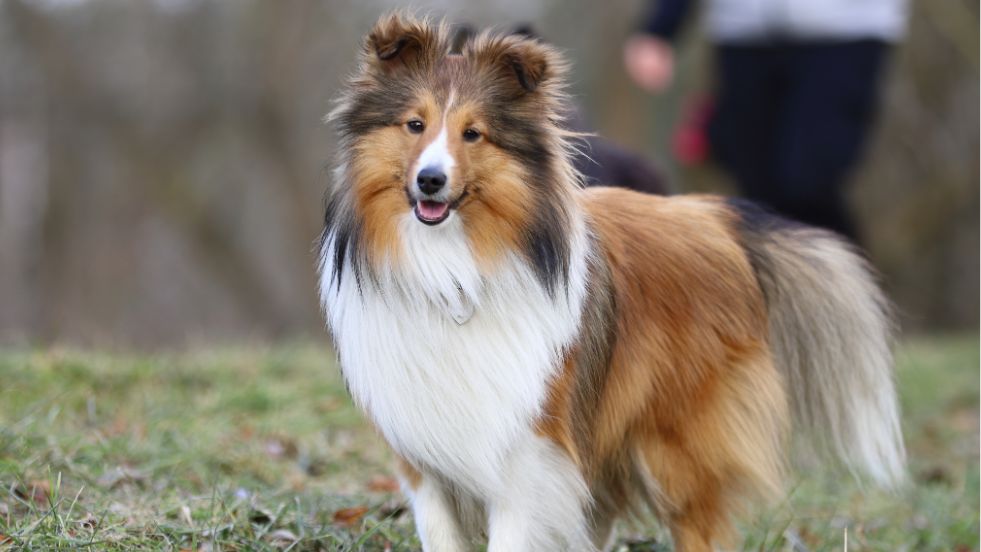
- Height: 13–16 inches
- Lifespan: 12–14 years
- Intelligence Ranking: 6th
Shetland Sheepdogs, or “Shelties,” are small but mighty when it comes to intelligence. Originally bred for herding, they’re excellent at obedience, agility, and complex tricks.
Key Traits:
- Extremely loyal and affectionate
- Energetic and thrives on mental challenges
- Sensitive to tone, making gentle training essential
Training Tip:
Engage them with agility games, hide-and-seek, and trick training to keep their minds active and sharp.
7. Labrador Retriever – The Clever Companion
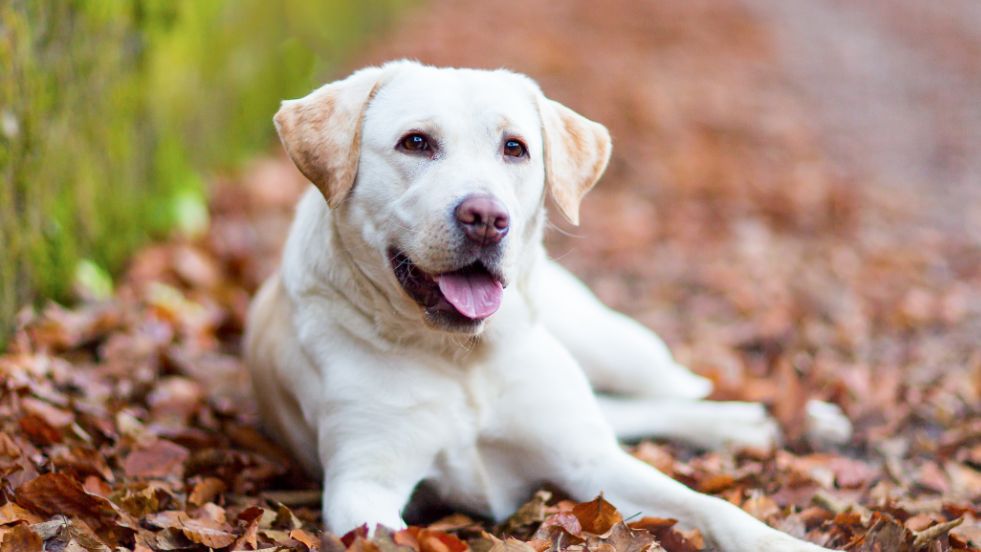
- Height: 21–24 inches
- Lifespan: 10–12 years
- Intelligence Ranking: 7th
Labrador Retrievers are the ultimate family-friendly geniuses. Known for their gentle temperament and adaptability, they excel as guide dogs, therapy companions, and search-and-rescue heroes.
Key Traits:
- Friendly, outgoing, and eager to please
- Highly food-motivated, which aids training
- Needs regular exercise to avoid obesity
Training Tip:
Make training fun and interactive. Labs respond well to treat-based learning and games that combine mental and physical activity.
8. Papillon – The Tiny Thinker
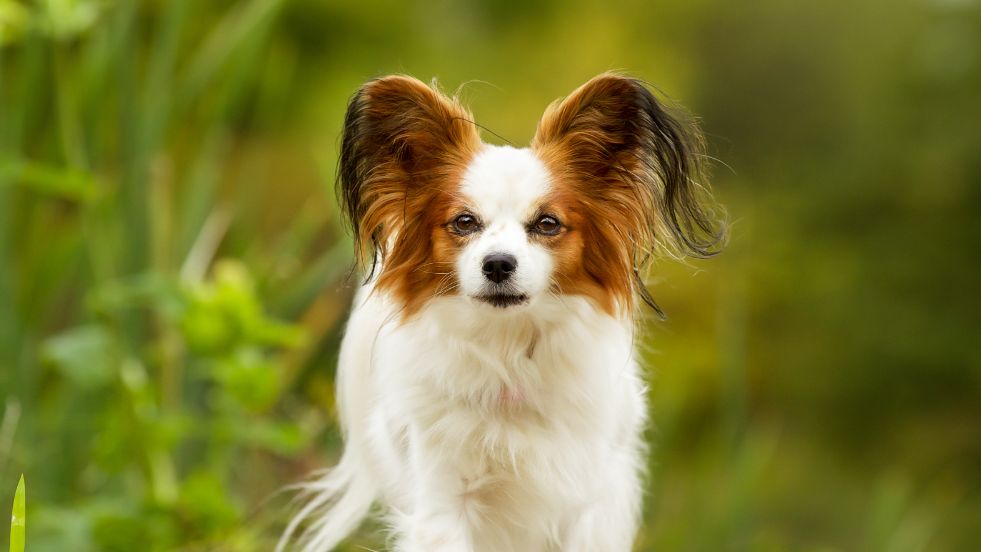
- Height: 8–11 inches
- Lifespan: 13–16 years
- Intelligence Ranking: 8th
Papillons may be small in size, but they’re huge in intelligence. Their lively nature and eagerness to learn make them stand out in obedience and agility sports.
Key Traits:
- Fearless, energetic, and highly trainable
- Great companions for active families
- Low grooming needs and adaptable to small spaces
Training Tip:
Papillons excel with short, engaging training sessions. Combine tricks with agility challenges to keep them mentally sharp.
9. Rottweiler – The Strong and Smart Protector
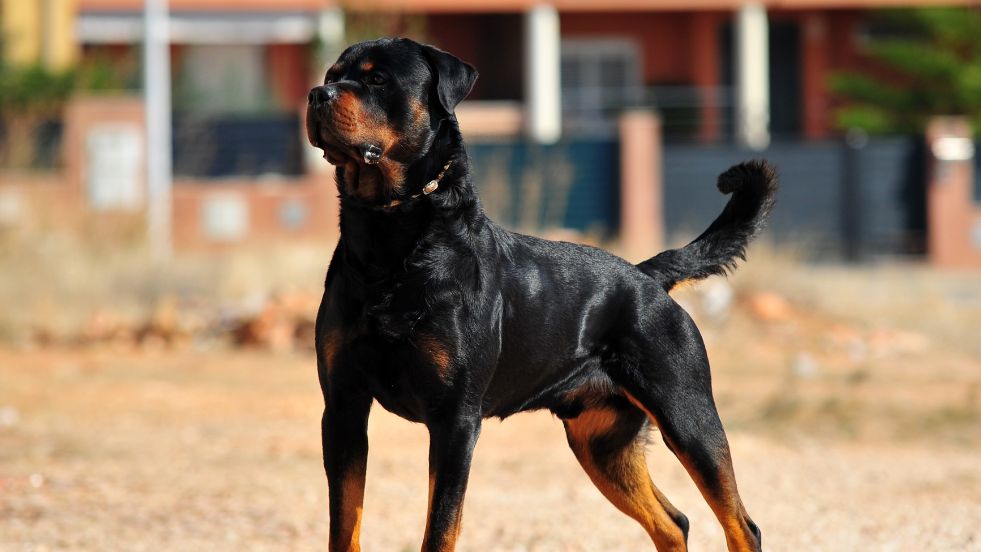
- Height: 22–27 inches
- Lifespan: 9–10 years
- Intelligence Ranking: 9th
Rottweilers are confident, protective, and exceptionally intelligent. When trained properly, they’re loyal companions and reliable working dogs.
Key Traits:
- Natural guardians with strong instincts
- Obedient and eager to learn when properly socialized
- Needs firm yet loving leadership
Training Tip:
Start socialization early and focus on positive reinforcement. A well-trained Rottweiler becomes a calm and dependable family protector.
10. Australian Cattle Dog – The Independent Problem-Solver
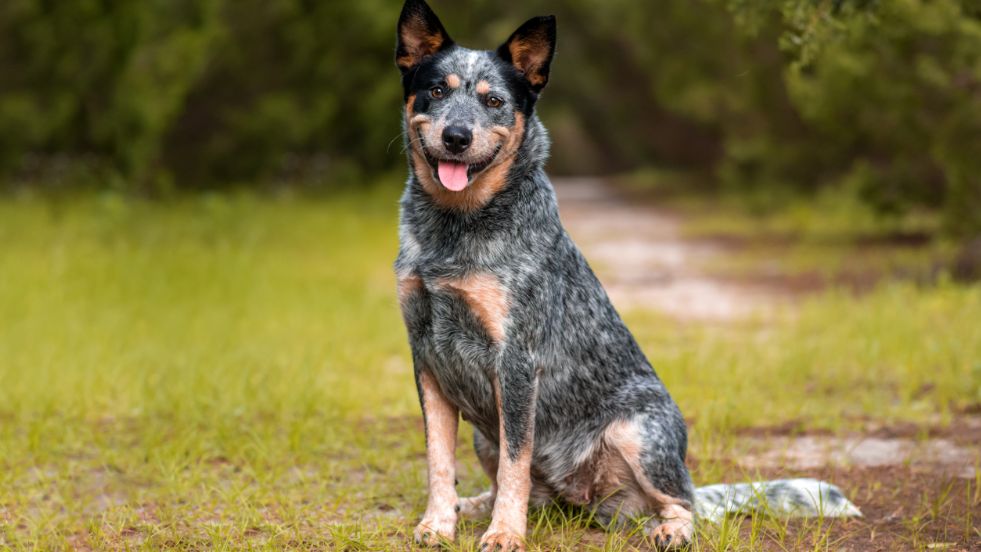
- Height: 17–20 inches
- Lifespan: 12–16 years
- Intelligence Ranking: 10th
Australian Cattle Dogs are hardworking, intelligent, and independent thinkers. Bred to control livestock, they’re known for their endurance and problem-solving abilities.
Key Traits:
- Thrives on challenges and loves having a job
- Extremely energetic and needs plenty of exercise
- Forms strong attachments to owners
Training Tip:
Use advanced training games like scent work or herding simulations to keep their intelligent minds engaged.
Comparison Table: Top 10 Smartest Dog Breeds
| Rank | Breed | Height | Lifespan | Intelligence Score | Best For |
| 1 | Border Collie | 18–22 inches | 12–15 years | Obeys in ≤5 commands | Active owners, agility sports |
| 2 | Poodle | 10–15+ inches | 12–15 years | Highly adaptable | Families, therapy, obedience |
| 3 | German Shepherd | 22–26 inches | 9–13 years | Quick learners | Security, police, companions |
| 4 | Golden Retriever | 21–24 inches | 10–12 years | Obedient and friendly | Families, therapy, assistance |
| 5 | Doberman Pinscher | 24–28 inches | 10–12 years | Highly alert | Protection, obedience, work |
| 6 | Shetland Sheepdog | 13–16 inches | 12–14 years | Excellent agility | Active families, training |
| 7 | Labrador Retriever | 21–24 inches | 10–12 years | Versatile learners | Families, therapy, rescue |
| 8 | Papillon | 8–11 inches | 13–16 years | Small but brilliant | Trick training, agility |
| 9 | Rottweiler | 22–27 inches | 9–10 years | Intelligent guardians | Security, loyalty, family |
| 10 | Australian Cattle Dog | 17–20 inches | 12–16 years | Independent problem-solvers | Herding, active owners |
FAQs About Dog Breeds
1. How is a dog’s intelligence measured?
A. Dog intelligence is usually measured based on obedience, problem-solving skills, and adaptability. Studies like Dr. Coren’s rank dogs based on how quickly they learn new commands and how consistently they obey them.
2. Does a smarter dog mean easier training?
A. Generally, yes. Intelligent breeds tend to learn commands faster, but they also need mental stimulation to avoid boredom-related behaviors like chewing or barking.
3.Can a less intelligent breed still be trained well?
A. Absolutely! Every dog can learn basic commands with consistent training, patience, and positive reinforcement. Breed intelligence only affects how quickly they pick things up—not their capacity to learn.
Conclusion:
The top 10 smartest dog breeds are undeniably impressive, but intelligence alone doesn’t make a dog the perfect companion. Temperament, lifestyle compatibility, and exercise needs are just as important. Whether you choose a genius like a Border Collie or a laid-back companion like a Golden Retriever, what truly matters is the bond you build with your furry friend.
References:
1. The Intelligence of Dogs




